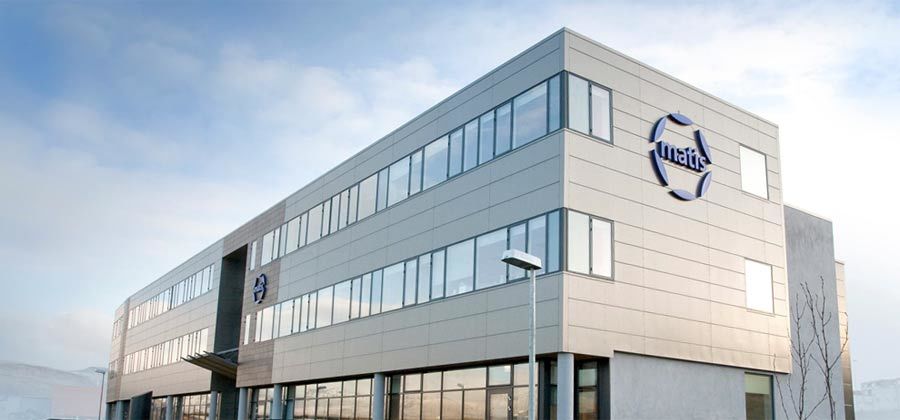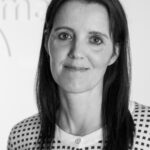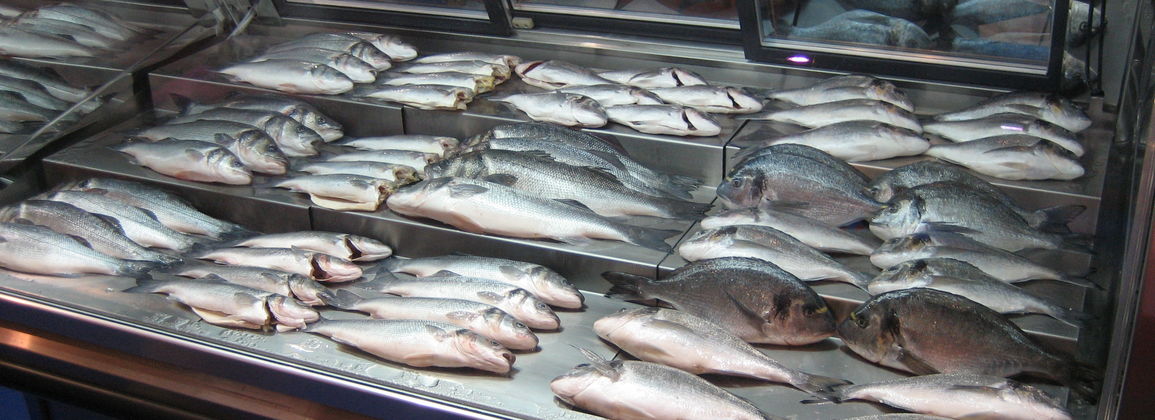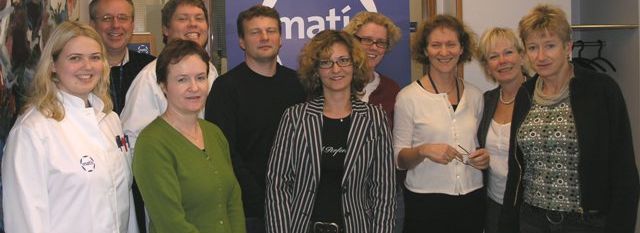Einar K. Guðfinnsson, Minister of Agriculture and Fisheries, toasted himself with a soda drink and enjoyed mountain confectionery, which was offered at the beginning of the Matís conference, Food and the Future, today. The conference seeks to answer questions such as why vegetables are healthy, whether cod farming has a future in Iceland, why people do not want stressed farmed fish and whether people even know where their food comes from.

Vigor and entrepreneurship
Among other things, the Minister said in his speech at the conference that it was very
It is gratifying to have witnessed the vigor and joy of activity that has characterized Matís' operations from day one. "Not that it came as a surprise in any way. Less than that. It was known that a large number of people with superior knowledge in their field had gathered there, so of course there were high hopes for the result. Those expectations have not failed. "One project after another has also yielded interesting results that often attract attention," said the Minister.

A strong backbone of domestic food production
The Minister also stated that it was very important for Iceland to have a strong company in the field of food research, which would be able to meet the increased demands for safety and wholesomeness and at the same time be in a leading role in supporting and promoting innovation in food production in Iceland.

"With the establishment of the company, it was our hope that it could become a strong backbone of domestic food production and ensure access to our products to the world's most valuable food markets. Matís is also working systematically to build strong operations across the country while collaborating with domestic and foreign universities and research institutes. So a lot has happened in the ten months that Matís has worked and promises good things for the future. "








